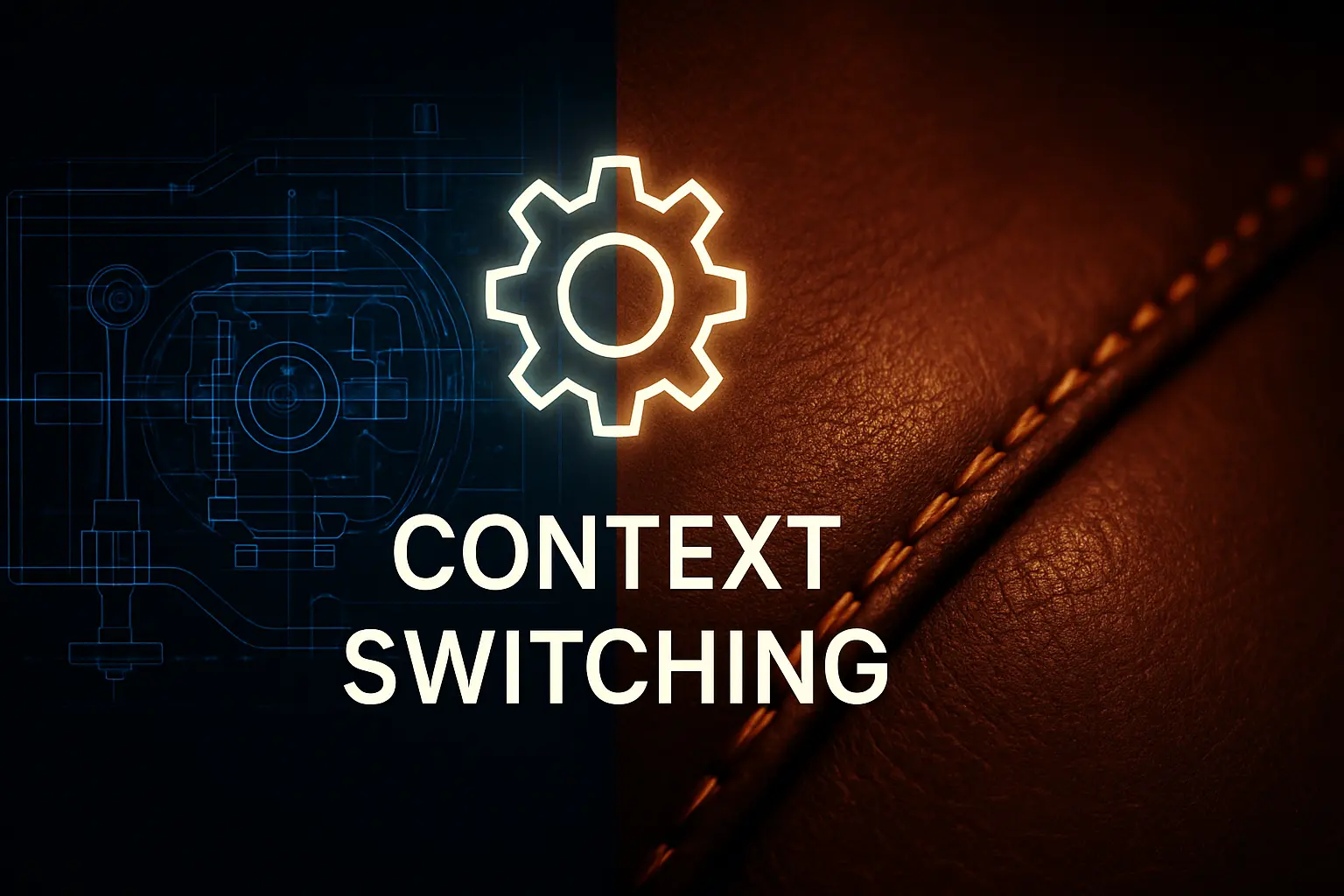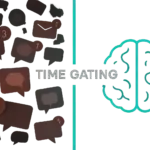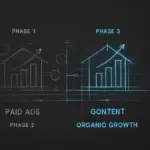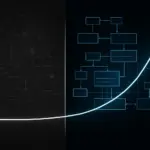This morning, I spent an hour on a call with our JvG Technology engineering team, dissecting the nanometer-level tolerances for a solar module production line destined for Southeast Asia. Our debate over laser scribing patterns and conveyance belt speeds was deep, technical, and high-stakes.
An hour later, I was in a completely different world, reviewing a new batch of ethically sourced leather for our Iberosattel premium saddles. The conversation turned to texture, durability, and the emotional connection a rider has with their equipment.
The mental whiplash can be intense. Moving from a world of hard physics and global logistics to one of craftsmanship and direct-to-consumer marketing feels like jumping between parallel universes. For years, I struggled with the lingering thoughts from the previous meeting—the „attention residue“—that bled into and diluted my focus on the next.
Research from the University of London suggests that chronic multitasking can lower effective IQ by up to 10 points. I believe it. The feeling wasn’t just one of being busy; it was a sense of diminished capacity. I realized I wasn’t multitasking; I was failing at sequential single-tasking. That realization was the catalyst for developing a system—a protocol—to manage the switch.
The True Cost of a Mental Gear Change
We often think of context switching as a minor inconvenience, but the data tells a more alarming story. A well-known study from the University of California, Irvine, found that it takes, on average, over 23 minutes to fully return to a task after a significant interruption. If you’re switching between major contexts two or three times a day, you’re losing over an hour of peak cognitive function.
The core of the problem is a phenomenon psychologist Sophie Leroy calls „attention residue“: the state where thoughts about your previous task linger and intrude upon your current one. Your brain hasn’t fully “closed the loop” on the engineering problem, which makes it impossible to give your full focus to the e-commerce strategy. You’re physically present in the new meeting, but a part of your mind is still on the factory floor.
This isn’t about a lack of willpower; it’s a limitation of our cognitive architecture. The key insight that changed my approach came from research by the American Psychological Association, which found that deliberate, planned task switching can mitigate many of the negative effects. The damage isn’t in the switch itself, but in its abruptness.
This led me to one of my ongoing running experiments: creating a formal protocol to make context switching an intentional, structured process rather than a chaotic jump.
My Three-Phase Context-Switching Protocol
The system I developed is a simple, three-step checklist designed to create a deliberate buffer between different operational mindsets. Its purpose is to help my brain close the loop on the last task and prime it for the next. This is one of the most crucial personal building systems I rely on daily.
Phase 1: The Wind-Down (Closing the Loop)
Before I leave a task—whether it’s ending a meeting or stepping away from my desk—I complete a mandatory „brain dump.“ This takes no more than five minutes.
- Objective: To get all lingering thoughts out of my head and into a trusted system. This tells my brain the task is safely stored and it’s okay to let go.
- Process: I open a specific Notion page for that project (e.g., „JvG – Project Phoenix“) and write down three things:
- Current Status: A single sentence on where things stand. “We’ve finalized the supplier specs; awaiting confirmation from legal.”
- Immediate Next Actions: What are the very next concrete steps? “Email the revised spec sheet to the team. Follow up with legal by EOD.”
- Open Questions/Worries: What am I still uncertain about? “Is our shipping timeline still realistic given the new customs delay?”
This simple act of externalizing my thoughts significantly reduces attention residue. The loop is closed.
Phase 2: The Buffer (The Mental Airlock)
This is the most critical and often-skipped phase. I never go directly from one context to another; I build in a mandatory buffer of 5 to 15 minutes. This is a non-negotiable part of my calendar.
- Objective: To create a clean mental break—a neutral zone where my mind isn’t actively working on either task.
- Process: The activity here is deliberately non-cognitive and preferably physical.
- Walk to the kitchen and make a coffee, focusing only on that process.
- Step outside for five minutes of fresh air, no phone allowed.
- Do a 2-minute breathing exercise using an app like Calm or just by counting breaths.
This „airlock“ flushes out residual thoughts and prepares my brain for a clean start. It’s not wasted time; it’s an investment in the quality of focus for the next block of work.
Phase 3: The Wind-Up (Priming the Next Context)
With a clear mind, I intentionally „load“ the next context. I don’t just jump into the next task; I ease into its mental space.
- Objective: To prime my brain with the most relevant information for the upcoming task, ensuring a smooth and focused entry.
- Process: I spend five minutes reviewing a one-page „Context Brief“ for that business or project. For my Iberosattel work, this brief includes:
- The Mission: One sentence reminding me of the core purpose. “We create the ultimate connection between horse and rider through superior craftsmanship.”
- Key Metrics: A quick glance at the 3-5 most important numbers for that day or week (e.g., website traffic, conversion rate, customer feedback score).
- Current Priorities: The top one to three strategic goals for the quarter.
By the time I open my email or join the next call, my brain is already re-calibrated. I’m no longer Patrick the engineer; I’m Patrick the D2C brand builder. The switch is complete.
Frequently Asked Questions (FAQ)
What if I don’t have 15 minutes for a buffer between meetings?
The duration is less important than the intention. Even a 60-second buffer is profoundly better than none. The key is creating a deliberate pause. Stand up, stretch, take three deep breaths, and consciously state your intention for the next meeting. The goal is to break the chain of cognitive momentum.
Does this protocol only work for switching between entire businesses?
Not at all. I use a „micro-version“ of this for switching between different types of tasks within a single day—for example, moving from deep analytical work like financial modeling to creative work like writing these notes. The Wind-Down might be just one sentence and the buffer 30 seconds of looking out the window, but the principle is the same.
What are the best digital tools for this?
The tool is far less important than the process. I use Notion for my „brain dumps“ and „context briefs,“ but a physical notebook, a text file, or any project management tool works just as well. The goal is to create a trusted, external place to hold your thoughts so your brain doesn’t have to.
How long does it take to build this into a habit?
Like any system, it requires deliberate practice. I started by focusing on just one switch per day—usually the most jarring one. After a week of consistently applying the protocol, I felt the difference in my focus and stress levels. This is an ongoing experiment, and I continue to refine it in my personal logbook.
From Acknowledgment to Action
Managing your own psychology is one of the highest-leverage activities for any founder or operator. Recognizing the hidden cost of context switching is the first step. The next is building a system to manage it. This protocol isn’t a magic bullet, but it’s a deliberate framework for protecting your most valuable asset: your focused attention. It transforms the chaotic act of juggling responsibilities into a calm, controlled, and far more effective process.




